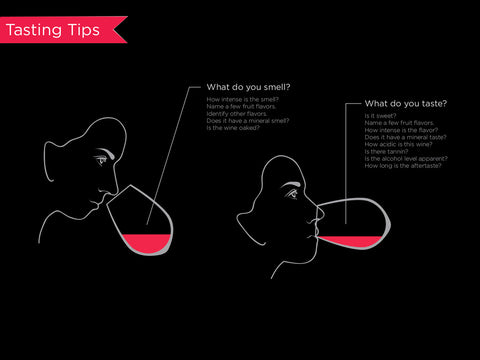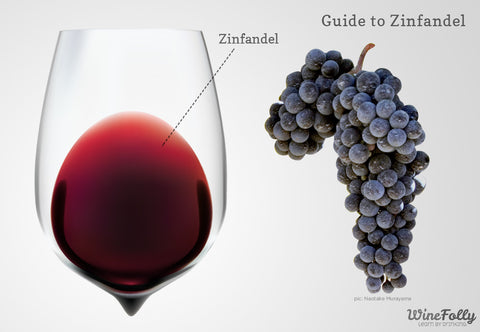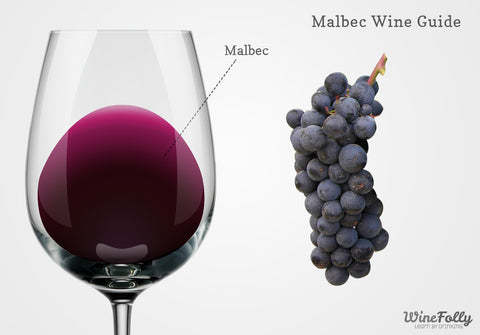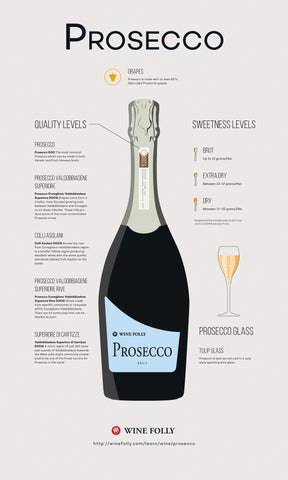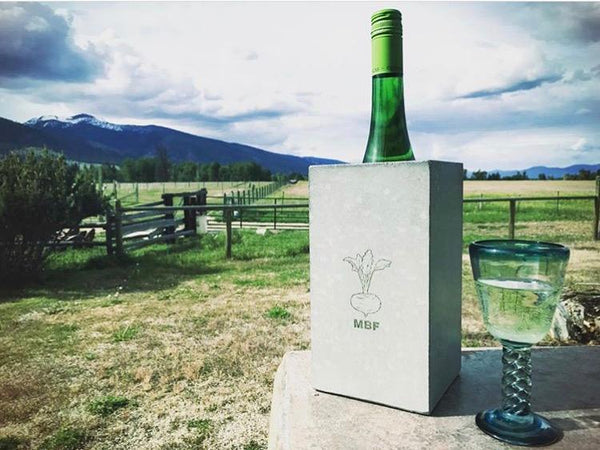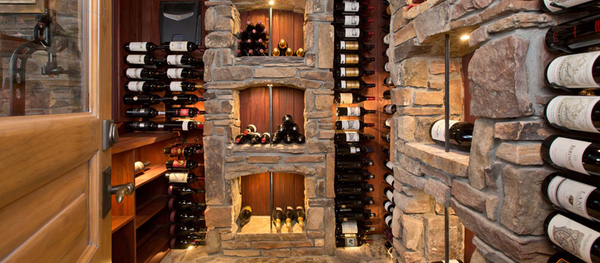Which Wines Go Best With What Food?
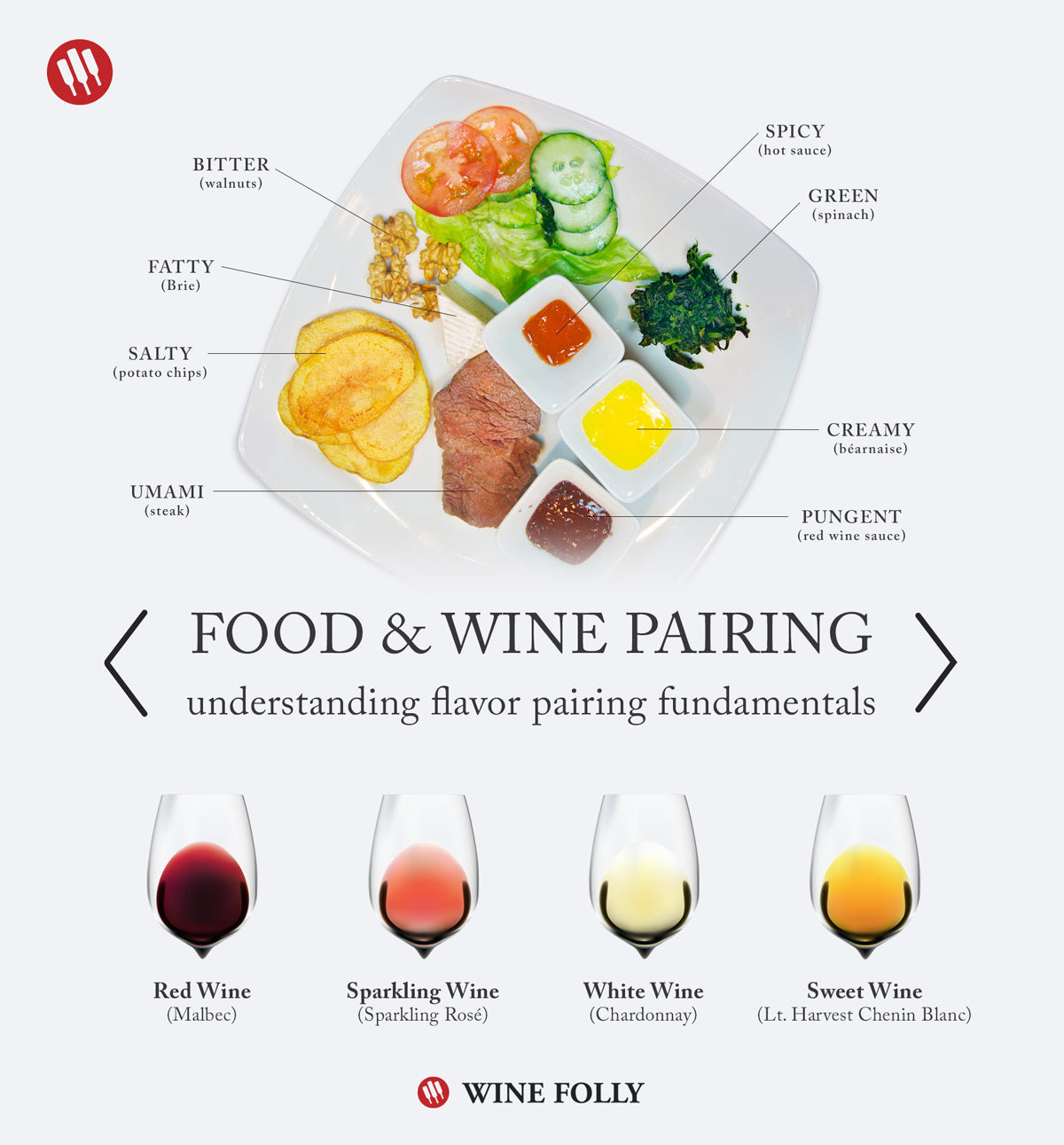
How To Pair Wine With Food — The Basics
So you want to take your wine drinking to the next level? You’ve come to the right place.
We already wrote about the optimal temperature to serve your wine, but you can’t really be a wine expert unless you can properly match your wine with your food.
The key to a successful wine pairing is to match the flavor elements of the wine with the flavor elements of the food. Pretty simple, right? Well, sort of.
When it comes to wine pairings — you can easily find yourself down the rabbit hole of incredibly finite details and subjective flavor profiles. (There are professionals who study wine pairing for a living).
But, as long as you have a grasp of the basics you’ll be able to enjoy the complimentary flavors of a nice glass of wine and its food counterpart (and impress your friends).
Before we get into specifics, let’s break down four basic flavor elements of wine. Using these flavor elements, you can either match flavor profiles (like attracts like) or contrast them to cut otherwise strong flavors.
Texture: The texture of wine is the way it feels in your mouth (its tactile sensation, if you will). There are light bodied wines versus full bodied wines (i.e the alcohol content) and silky versus aggressive wines. The latter is an indicator of how much tannin, a naturally occurring polyphenol found in grapes, that the wine contains. Wines with high tannin levels leave your mouth feeling dry.
Dryness: Not to be confused with the tannin in wine (which, as aforementioned, creates that dry feeling in your mouth), dryness is the amount of residual sugar left in the wine after fermentation. The more sugar (wines like moscato and riesling), the less dry.
Acidity: The tart, sour taste of wine can be credited to its acidity level. High acidity usually equates to a food friendly wine, as a splash of lemon juice can bring a dish together.
Fruitiness: You can easily taste if a wine is fruity, earthy, floral and so on. Pay attention to the various undertones of the fruitiness or lack thereof (for example, notes of a sweet orange or fresh cut grass) that would pair well with the same undertones in various dishes.

Let’s jump into examples.
White
Varieties: riesling, moscato
Perfect for: Acidic foods like roasted vegetables and fish, or spicy foods like an Indian curry
Why: Acidic wines pair well with acidic foods. Think of it this way: if a splash of lemon or lime would tie a dish together then so would a nice chilled glass of white wine.
Conversely, a light, sweet wine is the perfect contrast to spice (taking the edge off).
Red
Varieties: pinot noir, zinfandel
Perfect for: Earthy foods like mushrooms, lentils or game meat
Why: Earthy likes earthy. The woodsy flavor and high acidity of light reds match perfectly to the earthy flavor and aroma of mushrooms, lentils and game meat. Moreover, the low tannins in these reds don’t need rich, heavy foods to balance them out.
Bold Red
Varieties: cabernet sauvignon, merlot
Perfect for: Marbled steaks and dark chocolate desserts
Why: Tannins and fat pair beautifully together. The tannin molecules and fat molecules are harmonious: the fat cutting the bold tannins texture and the tannins softening the fat, which releases a richer flavor in the meat.
On the complimentary end, dark chocolate needs a wine that can match its full-bodied boldness and its high concentration of tannins. A full-bodied red, also on the higher end of tannins concentration, is up for that challenge.
Sparkling
Varieties: cava, prosecco
Perfect for: Salty, crunchy and fried foods
Why: The carbon dioxide in sparkling wines act as a palate cleanser, carrying away grease and mitigating instead of exasperating saltiness. Plus the high acidity of most sparkling wines cut through the rich heaviness characteristic of fried foods.
Rosé
Perfect for: Starters
Why: Rosé’s balance the light crispness of a white with the fruitiness of a red, which allows for successful pairing with most foods. Because of their versatility, a rosé will compliment all the flavors found on a plate of heure d'oeuvres, from cheeses to olives to meats.
Remember, wine is a personal experience. If you like a bold red with your spicy Asian food or a white with your marbled steaks that’s okay too. The purpose of wine pairing is to further to enjoy your meal. So choose what makes your own tastes buds sing.
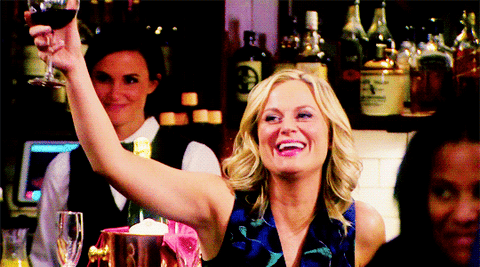
Happy pairing.
Leave a comment
Comments will be approved before showing up.
Also in News



